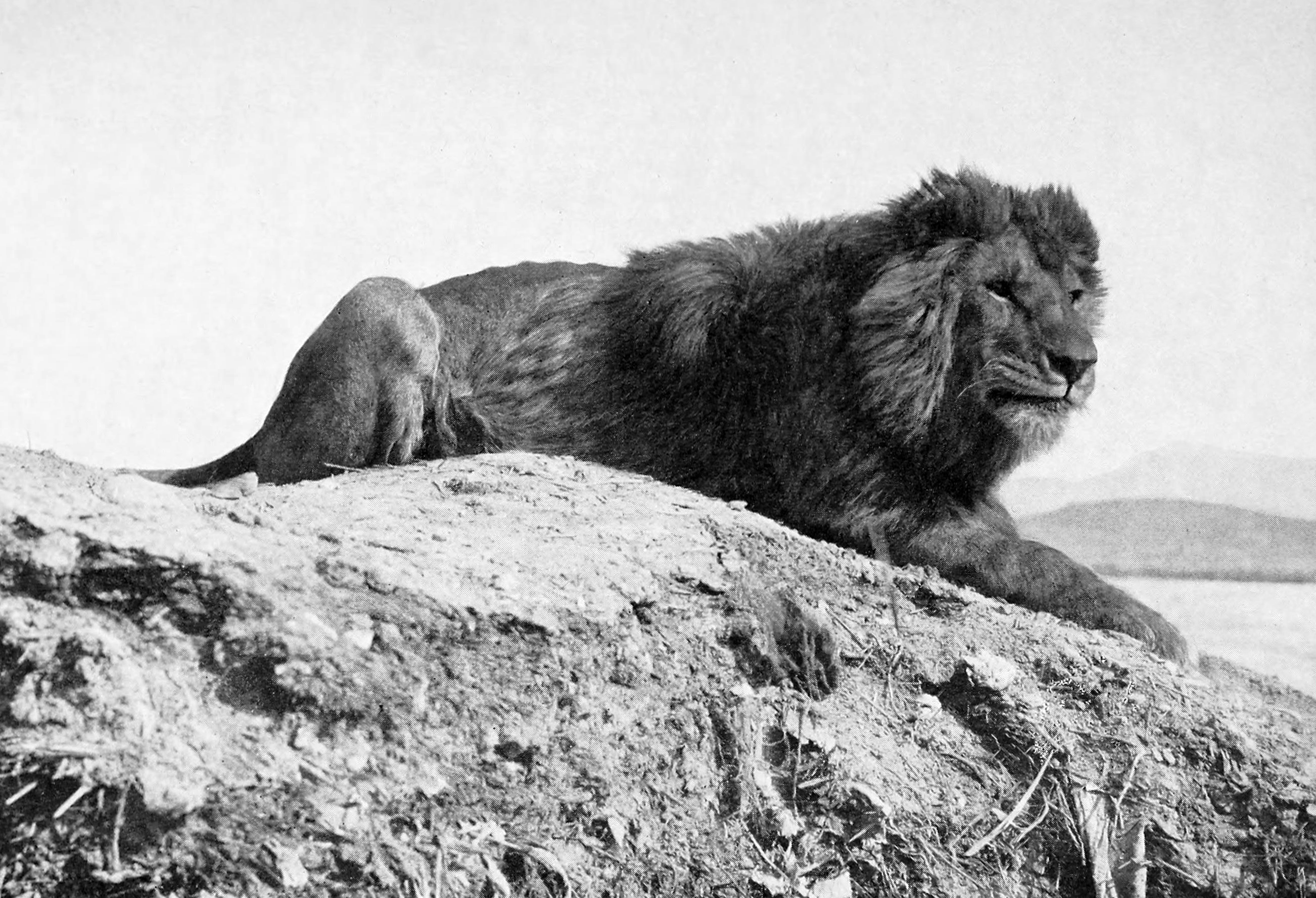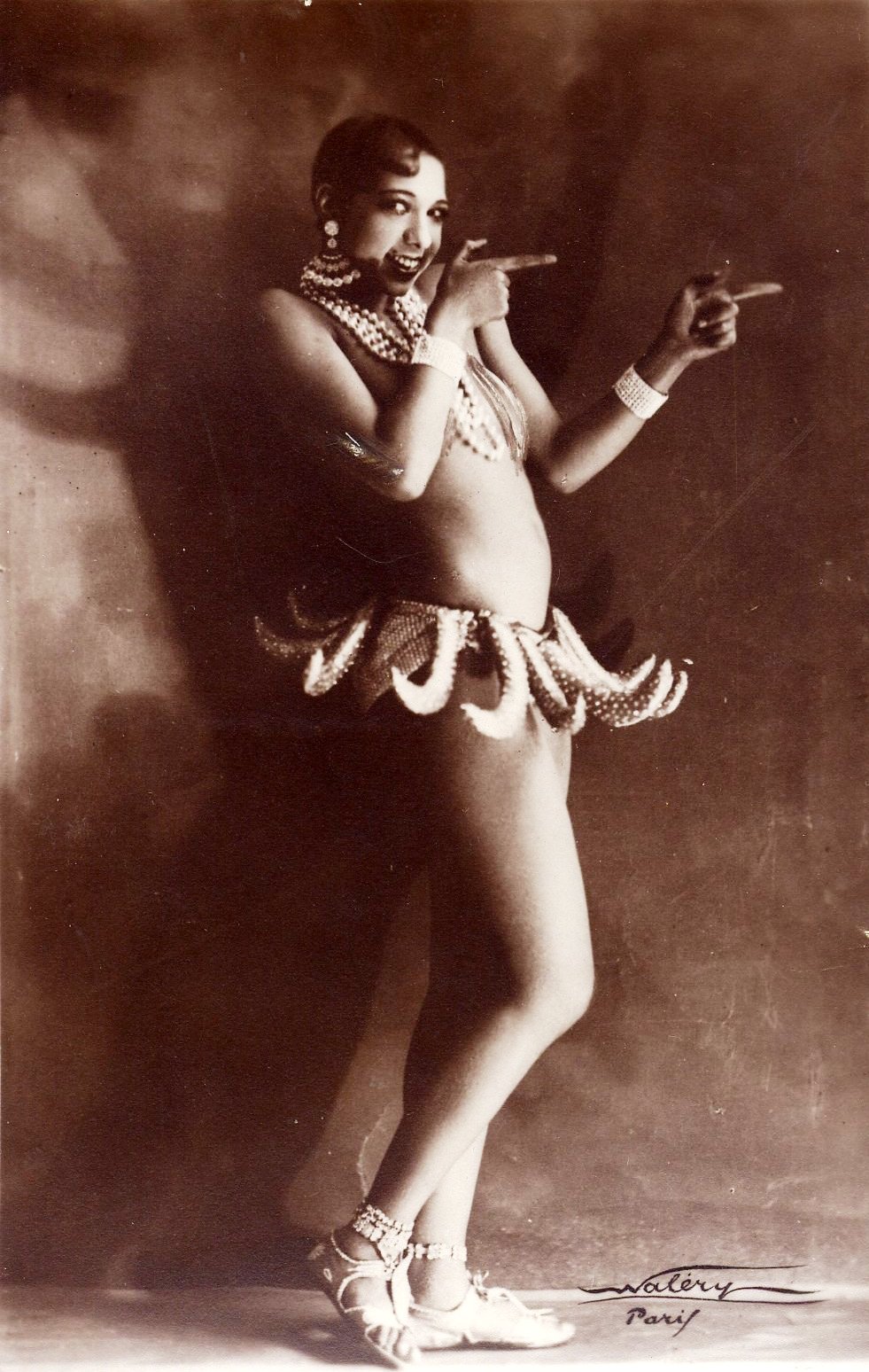|
Raï
Raï (, ; ar, راي, Latn, ar, rāʾy, ), sometimes written rai, is a form of Algerian folk music that dates back to the 1920s. Singers of Raï are called ''cheb'' (Arabic: شاب) (or ''shabab,'' i.e. young) as opposed to ''sheikh'' (Arabic: شيخ) ('' shaykh'', i.e. old), the name given to Chaabi singers. The tradition arose in the city of Oran, primarily among the poor. Traditionally sung by men, by the end of the 20th century, female singers had become common. The lyrics of Raï have concerned social issues such as disease and the policing of European colonies that affected native populations.Gross, Joan, David McMurray, and Ted Swedenburg. "Arab Noise and Ramadan Nights: Raï, Rap, and Franco-Maghrebi Identities." Diaspora 3:1 (1994): 3- 39. Reprinted in The Anthropology of Globalization: A Reader, ed. by Jonathan Xavier and Renato Rosaldo, History Origins Raï is a type of Algerian popular music that arose in the 1920s in the port city of Oran, and that self-con ... [...More Info...] [...Related Items...] OR: [Wikipedia] [Google] [Baidu] |
Raï'n'B
Raï'n'B (written Raï&B and Raï/RnB) is a musical genre that appeared in the 2000s in France, with elements of both French contemporary R&B and Algerian raï. The DJ duo Kore & Skalp established the style and released the ground-breaking compilation album ''Raï'n'B Fever'' in 2004 with the best examples of the genre that included rap, R&B and raï Raï (, ; ar, راي, Latn, ar, rāʾy, ), sometimes written rai, is a form of Algerian folk music that dates back to the 1920s. Singers of Raï are called ''cheb'' (Arabic: شاب) (or ''shabab,'' i.e. young) as opposed to ''sheikh'' (Ara .... Many further albums were released in the series in 2006 and 2008 (produced by Kore & Bellek), the 2009 special ''Même pas fatigué'' and ''Kore'' in 2011. Many of the tracks on the album ''Puissance Raï RnB 2012'' were produced by DJ Kim. References {{DEFAULTSORT:Rai'n'B Contemporary R&B genres French rhythm and blues Raï ... [...More Info...] [...Related Items...] OR: [Wikipedia] [Google] [Baidu] |
Cheikha Rimitti
Cheikha Rimitti ( ar, شيخة ريميتي) (born سعدية الغيزانية Saadia El Ghizania, 8 May 1923 – 15 May 2006) was an Algerian raï female singer. Early life Cheikha Rimitti was born in Tessala, a small village in western Algeria in 1923, and named Saadia, meaning ''joyful'' . This name did not match the reality of her early life, however, as she had been orphaned as a child due to violent French occupation and began to live rough, earning a few francs working in the fields and doing other manual jobs. Early musical career At age 15, she joined a troupe of traditional Algerian musicians and learnt to sing and dance. In 1943 she moved to the rural town of Relizane and began writing her own songs. Her songs described the tough life endured by the Algerian poor, focusing on everyday struggle of living, pleasures of sex, love, alcohol and friendship and the realities of war. Traditionally, songs of lust had been sung privately by Algerian women at rural weddi ... [...More Info...] [...Related Items...] OR: [Wikipedia] [Google] [Baidu] |
Oran
Oran ( ar, وَهران, Wahrān) is a major coastal city located in the north-west of Algeria. It is considered the second most important city of Algeria after the capital Algiers, due to its population and commercial, industrial, and cultural importance. It is west-south-west from Algiers. The total population of the city was 803,329 in 2008, while the metropolitan area has a population of approximately 1,500,000 making it the second-largest city in Algeria. Etymology The word ''Wahran'' comes from the Berber expression ''wa - iharan'' (place of lions). A locally popular legend tells that in the period around AD 900, there were sightings of Barbary lions in the area. The last two lions were killed on a mountain near Oran, and it became known as ''la montagne des lions'' ("The Mountain of Lions"). Two giant lion statues stand in front of Oran's city hall, symbolizing the city. History Overview During the Roman Empire, a small settlement called ''Unica Colonia'' existed in ... [...More Info...] [...Related Items...] OR: [Wikipedia] [Google] [Baidu] |
Music Of Algeria
Algerian music is virtually synonymous with Raï among foreigners; the musical genre has achieved great popularity in France, Spain and other parts of Europe. For several centuries, Algerian music was dominated by styles inherited from Al-Andalus, eventually forming a unique North African twist on these poetic forms. Algerian music came to include suites called nuubaat (singular ''nuuba''). Later derivatives include rabaab and hawzii. Genres Music in Algeria offers a rich diversity of genre: popular music ( Chaabi), various genres of Andalusian classical music such as Sana'a, Gharnati music, Ma'luf, as well as classical Arabic, Bedouin, Berber music (Staifi, Raï, Kabyle, Shawi, Tuareg, Gnawa, etc.), Andalusian music is particularly well developed in Algeria, and is considered the most sophisticated by musical scholars - there exist three schools, the greatest number in the Maghreb region, and the performers invited to festivals across the Maghreb are usually of Algerian or ... [...More Info...] [...Related Items...] OR: [Wikipedia] [Google] [Baidu] |
Bedouin Music
Bedouin music () is the music of nomadic Bedouin Arab tribes in the Arabian Peninsula, North Africa, Mesopotamia and the Levant. It is closely linked to its text and poems. Songs are based on poetry and are sung either unaccompanied, or to the stringed instrument, the rebab. Traditional instruments are the rebab and various woodwinds. Examples of Bedouin music are the Samri of Saudi Arabia, Aita of Morocco, and the internationally recognised Rai of Algeria ) , image_map = Algeria (centered orthographic projection).svg , map_caption = , image_map2 = , capital = Algiers , coordinates = , largest_city = capital , religi .... References External links Bulletin Campbell Arabic music Middle Eastern music North African music Saudi Arabian music Algerian music Sudanese music Raï {{MEast-stub ... [...More Info...] [...Related Items...] OR: [Wikipedia] [Google] [Baidu] |
Algeria
) , image_map = Algeria (centered orthographic projection).svg , map_caption = , image_map2 = , capital = Algiers , coordinates = , largest_city = capital , religion = , official_languages = , languages_type = Other languages , languages = Algerian Arabic (Darja)French , ethnic_groups = , demonym = Algerian , government_type = Unitary semi-presidential republic , leader_title1 = President , leader_name1 = Abdelmadjid Tebboune , leader_title2 = Prime Minister , leader_name2 = Aymen Benabderrahmane , leader_title3 = Council President , leader_name3 = Salah Goudjil , leader_title4 = Assembly President , leader_name4 = Ibrahim Boughali , legislature = Parliament , upper_house = Council of the Nation , lowe ... [...More Info...] [...Related Items...] OR: [Wikipedia] [Google] [Baidu] |
Reinette L'Oranaise
Sultana Daoud (also known as Reinette l'Oranaise; 1918 in Tiaret, French Algeria – 17 November 1998, in Paris) was an Algerian Jewish singer, who helped preserve Arab-Andalus music, as well as introducing the genre to European audiences. Early life She was born in Tiaret, the daughter of a Moroccan Rabbi. Being blind as a result of smallpox when two years old, she studied at a school for the blind in Algiers, until her mother encouraged her to take up music. She studied with Saoud l'Oranais, who gave her the nickname ''Reinette l'Oranaise'' ("Queenie from Oran"). From him she learned to play several instruments, and learned a great many traditional songs in the Arab-Andalus and Raï styles. They moved to Paris in 1938, but at his suggestion she soon returned to Algeria. There she joined the orchestra of Meriem Fekkaï, until Algerian independence ended her career - she had been opposed to independence. Unable to find work in her home country, she returned to France, playing in ... [...More Info...] [...Related Items...] OR: [Wikipedia] [Google] [Baidu] |
Andalusian Classical Music
Andalusi classical music ( ar, طرب أندلسي, ṭarab ʾandalusī; es, música andalusí), also called Andalusi music or Arab-Andalusian music, is a genre of music originally developed in al-Andalus by the Muslim population of the region and the Moors. It then spread and influenced many different styles across the Maghreb (Algeria, Morocco, Tunisia, and Libya) after the Expulsion of the Moriscos. It originated in the music of al-Andalus (Muslim Iberia) between the 9th and 15th centuries. Some of its poems derive from famous authors such as al-Mu'tamid ibn Abbad, Ibn Khafaja, al-Shushtari, and Ibn al-Khatib. Origins Andalusi music was allegedly born in the Emirate of Cordoba (Al-Andalus) in the 9th century. Born and raised in Iraq, Ziryâb (d. 857), who later became court musician of Abd al-Rahman II in Cordoba, is sometimes credited with its invention. Later, the poet, composer, and philosopher Ibn Bajjah (d. 1139) of Saragossa is said to have combined the style of Ziryâ ... [...More Info...] [...Related Items...] OR: [Wikipedia] [Google] [Baidu] |
Cabarets
Cabaret is a form of theatrical entertainment featuring music, song, dance, recitation, or drama. The performance venue might be a pub, a casino, a hotel, a restaurant, or a nightclub with a stage for performances. The audience, often dining or drinking, does not typically dance but usually sits at tables. Performances are usually introduced by a master of ceremonies or MC. The entertainment, as done by an ensemble of actors and according to its European origins, is often (but not always) oriented towards adult audiences and of a clearly underground nature. In the United States, striptease, burlesque, drag shows, or a solo vocalist with a pianist, as well as the venues which offer this entertainment, are often advertised as cabarets. Etymology The term originally came from Picard language or Walloon language words ''camberete'' or ''cambret'' for a small room (12th century). The first printed use of the word ''kaberet'' is found in a document from 1275 in Tournai. The term w ... [...More Info...] [...Related Items...] OR: [Wikipedia] [Google] [Baidu] |
Fishing
Fishing is the activity of trying to catch fish. Fish are often caught as wildlife from the natural environment, but may also be caught from stocked bodies of water such as ponds, canals, park wetlands and reservoirs. Fishing techniques include hand-gathering, spearing, netting, angling, shooting and trapping, as well as more destructive and often illegal techniques such as electrocution, blasting and poisoning. The term fishing broadly includes catching aquatic animals other than fish, such as crustaceans (shrimp/lobsters/ crabs), shellfish, cephalopods (octopus/squid) and echinoderms (starfish/sea urchins). The term is not normally applied to harvesting fish raised in controlled cultivations ( fish farming). Nor is it normally applied to hunting aquatic mammals, where terms like whaling and sealing are used instead. Fishing has been an important part of human culture since hunter-gatherer times, and is one of the few food production activities that ha ... [...More Info...] [...Related Items...] OR: [Wikipedia] [Google] [Baidu] |


_-_613_-_Joueurs_de_violon_bedouins.jpg)

